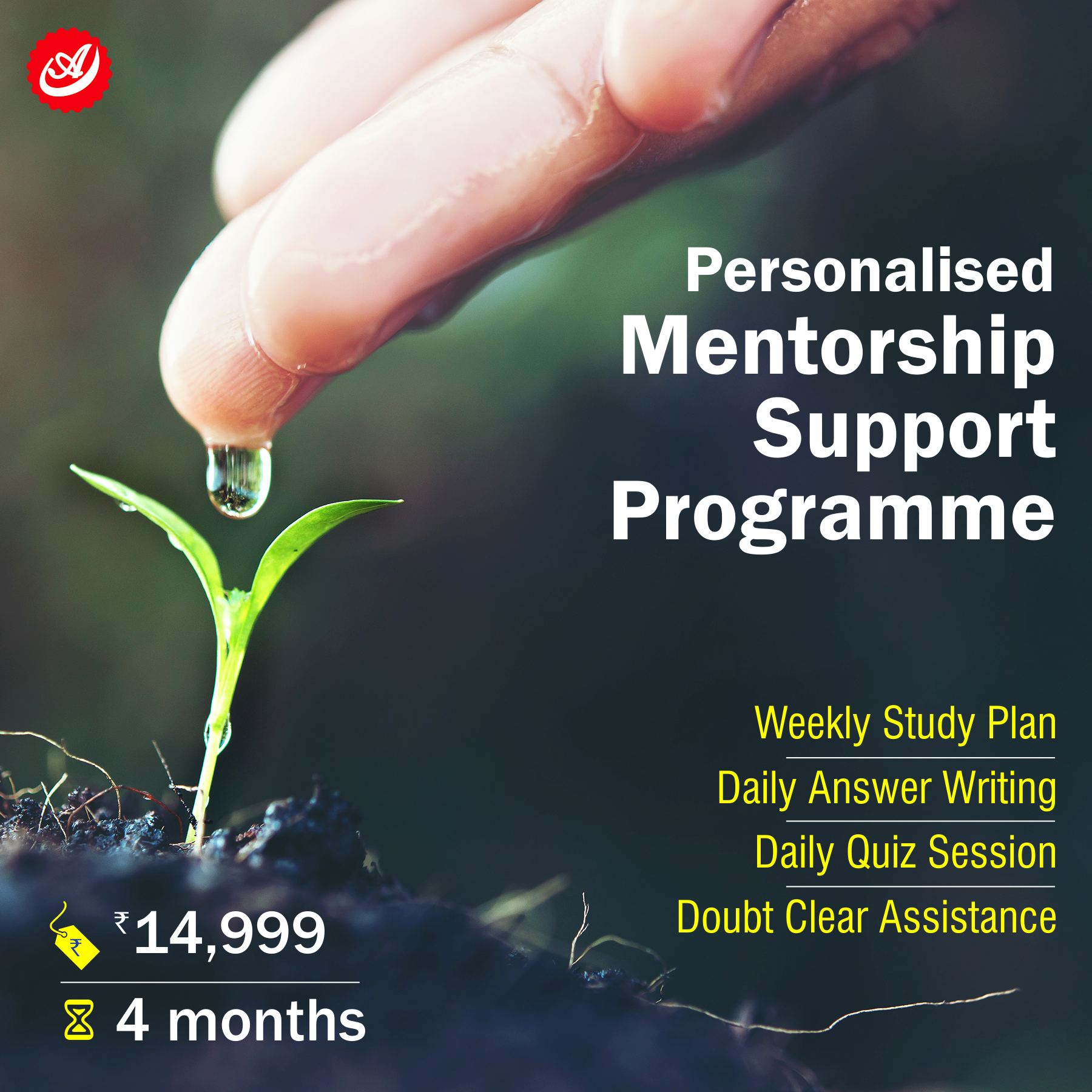Description
.png) Disclaimer: Copyright infringement not intended.
Disclaimer: Copyright infringement not intended.
Context
- External Affairs Minister S. Jaishankar said that the East Asia Summit (EAS) must be committed to a free, open, inclusive, and rules-based Indo-Pacific, with respect for sovereignty and territorial integrity.
East Asia Summit (EAS)
About
- The East Asia Summit (EAS) is a regional forum held annually by leaders of, initially, 16 countries in the East Asian, Southeast Asian, South Asian and Oceanian regions, based on the ASEAN Plus Six mechanism.
- The East Asia Summit (EAS) sits at the apex of the ASEAN-centred regional architecture and is the Indo-Pacific's premier forum for strategic dialogue.
- It is the only leader-led forum at which all key partners meet to discuss political, security and economic challenges facing the Indo-Pacific, and has an important role to play in advancing closer regional cooperation.
Conception and Proposal
- The concept of an East Asia Grouping has significant history going back to an idea first promoted in 1991 by then Malaysian Prime Minister Mahathir Mohamad.
- The final report in 2002 of the East Asian Study Group, established by the ASEAN Plus Three countries, was based on an EAS involving ASEAN Plus Three, therefore not involving Australia, New Zealand, or India.
- The EAS as proposed was to be an ASEAN-led development, with the summit to be linked to ASEAN summit meetings. However, the issue was to which countries beyond those in ASEAN the EAS was to be extended.
- The decision to hold the EAS was reached during the 2004 ASEAN Plus Three summit and the initial 16 members determined at the ASEAN Plus Three Ministerial Meeting held in Laos at the end of July 2005.
- Credit for advancing the forum during the 2004 ASEAN Plus Three summit has been attributed to Malaysia.
Members
- Membership expanded to 18 countries including Russia and the United States at the Sixth EAS in 2011.
- The 18 members of EAS are – the ten ASEAN member states (Brunei Darussalam, Cambodia, Indonesia, Laos, Malaysia, Myanmar, the Philippines, Singapore, Thailand and Vietnam) along with Australia, China, India, Japan, New Zealand, the Republic of Korea, Russia and the United States. ASEAN leads the forum, and the chair rotates annually among ASEAN member states.
Role of ASEAN
- Since its establishment, ASEAN has held the central role and leadership in the forum.
- EAS meetings are held after the annual ASEAN leaders' meetings and play an important role in the regional architecture of Asia-Pacific.

First Summit
- The first summit was held in Kuala Lumpur, Malaysia on 14 December 2005.
Priority Areas
- There are six priority areas of regional cooperation within the framework of the EAS. These are –
- Environment and Energy,
- Education, Finance,
- Global Health Issues and Pandemic Diseases,
- Natural
- Disaster Management, and
- ASEAN Connectivity.
- India endorses regional collaboration in all six priority areas.
Share in the world
- In 2020, EAS members represented 54 percent of the world's population and accounted for 62 percent of Global GDP worth an estimated US$52.3 trillion.
EAS Meetings and Processes
- The EAS is an annual Leaders' Summit usually held in October or November. In addition to their discussions, leaders issue statements on topical issues to signal political will for framing policy responses and to provide a basis for cooperation.
- Along with the Leaders' Summit, each year there is an EAS Foreign Ministers’ Meeting and an EAS Economic Ministers’ Meeting. These also serve as platforms for frank discussion of political, regional security and economic issues and prepare for the Leaders' Summit, including by developing new ideas on statements for leaders' consideration.
- There are also regular meetings of EAS participating countries’ ministers of Energy (held annually), Environment and Education (each held biennially).
- Senior Officials of EAS participating countries meet throughout the year to prepare for meetings of leaders and ministers, and to engage in frank exchanges of views on political, regional security, economic and other issues.
- Additional support for the EAS is provided through the EAS Ambassadors' Meeting in Jakarta, who meet regularly to discuss emerging issues, prepare for EAS meetings, and take forward decisions of EAS leaders.
- A dedicated EAS Unit within the ASEAN Secretariat in Jakarta also supports the monitoring and implementation of decisions by EAS leaders.
India and East Asia Summit
- An invitation to India to the EAS is a recognition of its fast-growing economic and political clout. However, a policy centered on multilateralism has its limitations.
- Hence, bilateral relations become crucial and moreover tend to be longer lasting.
- There is already a budding rivalry between China and India.
- India should therefore aim at firming up its ties especially with Japan and qualitatively improve its relations with countries such as Indonesia and Vietnam.
- With some diplomatic adroitness, India can do this not necessarily at the cost its relations with China.
READ:
EAS SUMMIT: https://www.iasgyan.in/daily-current-affairs/17th-east-asia-summit-2022
ASEAN: https://www.iasgyan.in/daily-current-affairs/asean
ANALYZING ASEAN: https://www.iasgyan.in/blogs/analyzing-asean
PERSPECTIVES ON THE INDIA-ASEAN SUMMIT:https://www.icwa.in/show_content.php?lang=1&level=3&ls_id=4919&lid=1799
|
PRACTICE QUESTION
Q. Consider the following statements with respect to East Asia Grouping.
1. The concept of an East Asia Grouping has significant history going back to an idea first promoted in 1991 by then Malaysian Prime Minister Mahathir Mohamad.
2. It is the only leader-led forum at which all key partners meet to discuss political, security and economic challenges facing the Indo-Pacific, and has an important role to play in advancing closer regional cooperation.
3. The East Asia Summit (EAS) is based on the ASEAN Plus Six mechanism.
4. There are regular meetings of EAS participating countries’ ministers of Energy held biennially.
Which of the above statements is/are incorrect?
(a) 1 only
(b) 2 and 3 only
(c) 4 only
(d) None of the above.
Correct Answer: (c) 4 only
|
https://epaper.thehindu.com/ccidist-ws/th/th_delhi/issues/43655/OPS/GVQBG2O26.1.png?cropFromPage=true




.png)
.png) Disclaimer: Copyright infringement not intended.
Disclaimer: Copyright infringement not intended.





